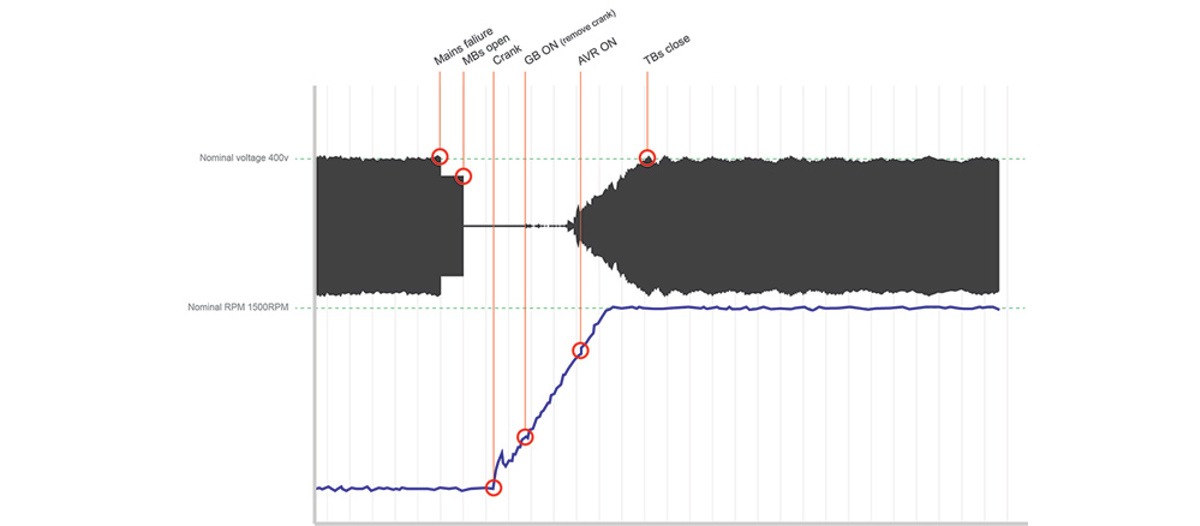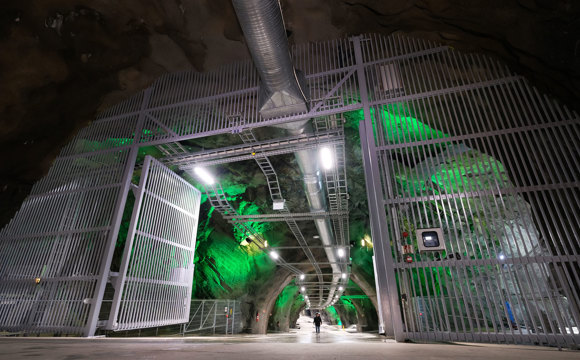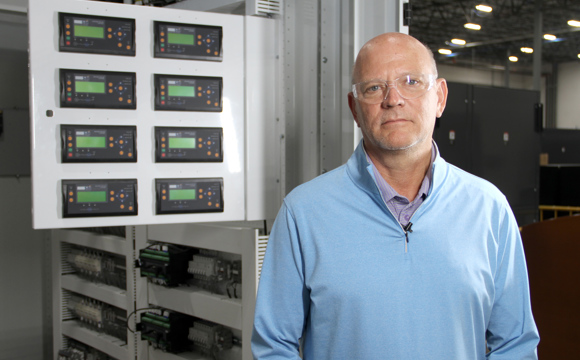10 seconds to full backup power with Close Before Excitation
In backup power installations with multiple gensets, getting full backup power quickly can be a challenge, as the gensets need to be synchronised. The Close Before Excitation (CBE) feature from DEIF allows any number of gensets to attain nominal power in less than 10 seconds, allowing you to comply with regulatory and other demands. In addition, CBE can be used to carry out soft-start procedures and avoid current spikes, for example when the gensets feed step-up transformers.
When grid power fails, backup power is often needed very quickly. For hospital applications, for example, EU regulations require full backup power to be available within 15 seconds of a grid blackout while the US FPA stipulates a 10 second limit. With traditional genset start-up procedures, however, it is very difficult to comply with these regulations because all gensets need to be synchronised. This takes extra time; a luxury you may not be able to afford.
CBE: nominal power quickly
DEIF’s Close Before Excitation (CBE) feature lets you solve this problem. With CBE, you can deliver the required power from multiple gensets in less than 10 seconds. The feature is included in DEIF generator controllers such as the AGC-4; here is how it works:
When grid power fails, and the mains breakers open, the genset controllers crank the genset engines but do not activate excitation yet. As soon as the genset engines are running at around 400 RPM, all generator breakers are closed at once, connecting all gensets (still without excitation) to the bus bar. At around 900 RPM, the automatic voltage regulation (AVR) feature of the genset controllers activates excitation for all connected gensets, ramping up voltage to nominal power in a controlled manner. At nominal speed and voltage, the tie breakers are closed, and the critical power system delivers the required power to the connected loads. No matter how many gensets are connected to the bus bar, the process can be completed in less than 10 seconds.

No genset synchronisation
The big difference between CBE and traditional genset starting procedures is that with CBE, there is no need for genset synchronisation. With a traditional starting procedure, the first genset to attain nominal speed and voltage is connected to the bus bar before the others. As subsequent gensets become ready, they are connected to the bus bar, but they need to be synchronised with previously connected gensets in order to prevent voltage and frequency irregularities. Each synchronisation takes time, in addition to the time it takes to bring the first genset online, and particularly in large installations with multiple gensets, this can mean that full backup power is not available until 25 to 30 seconds after the mains failure – or even longer. With CBE, there is no traditional synchronisation and therefore far less delay.

Transformer soft-start with CBE
CBE can also be used as a soft-start method when the gensets connect to a transformer, for example if your system has step-up transformers between the gensets and the busbar. If you applied the full power of the gensets to the transformers, the unmagnetised transformers would appear as short circuits to the gensets, resulting in a transitory high inrush current which could, in the worst cases, cause the generators to trip because of overcurrent. With CBE, voltage is ramped up gradually, limiting inrush currents and effectively soft-starting the transformers. You therefore avoid voltage spikes, and the current is gradually ramped up without causing short circuits.
CBE can thus be used to control genset power delivery dynamically and intelligently. The greatest benefit, however, is its ability to provide massive backup power on very short notice. In many applications, it is not just a question of regulatory compliance; it can literally be a matter of life or death.
Read more about the DEIF AGC-automatic genset 4 controller with CBE
Download a FREE whitepaper about power management systems including a discussion of CBE
Read our guide about data centres
-

Contact us to discuss your options
- 90 years of energy pioneering
- Manufactured at the highest standards
- Superior quality
- Unmatched service and support
- Made in Denmark









